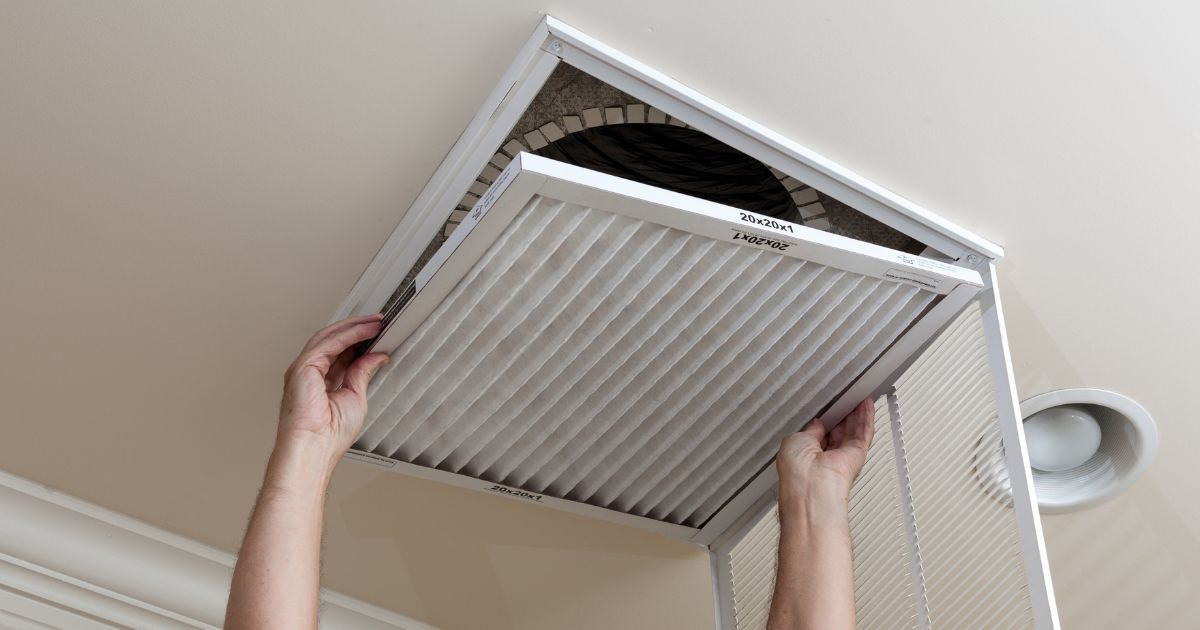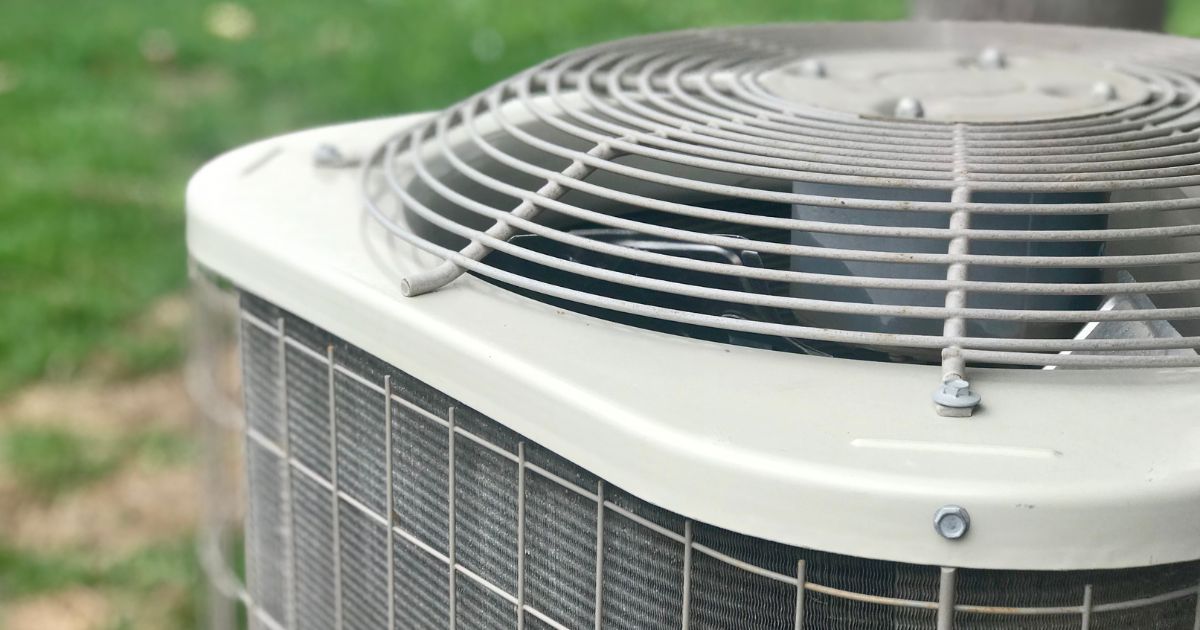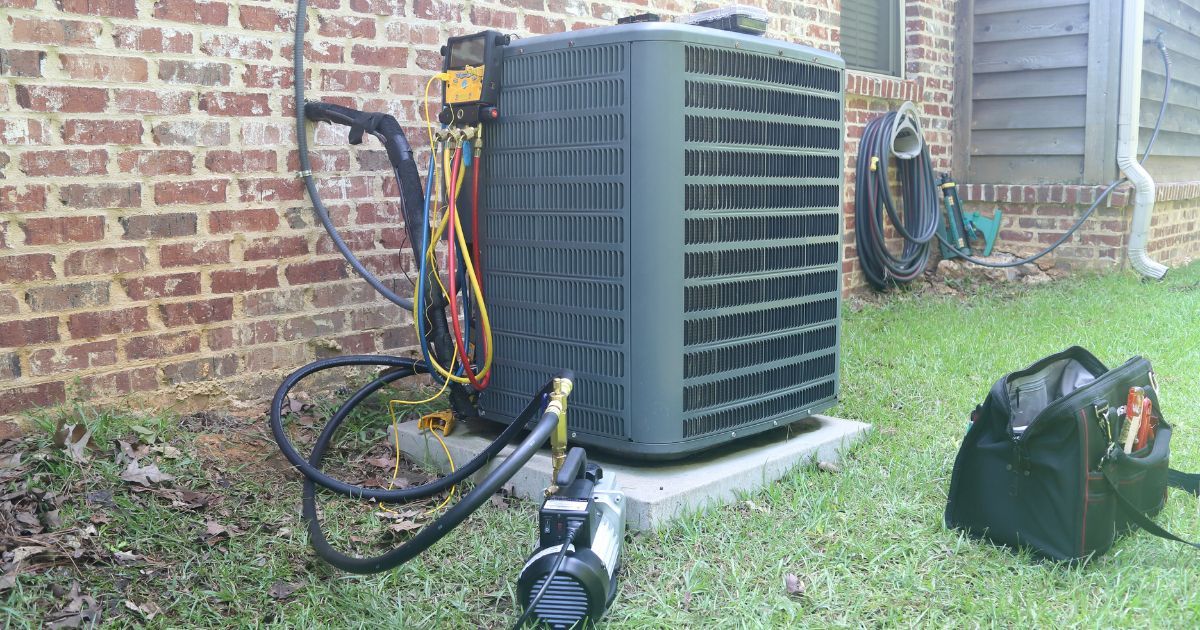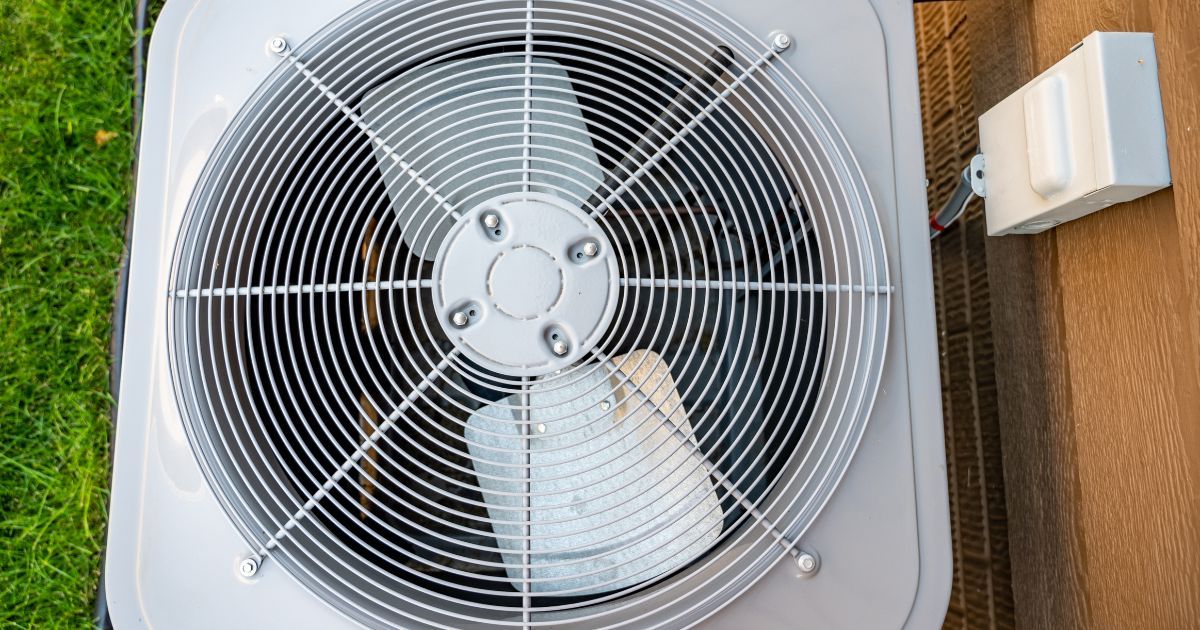How To Extend The Life Of Your Air Conditioner
As the city of San Diego, CA transitions into another season, homeowners immerse themselves in this coastal paradise’s unique charm. From the vibrant beaches of La Jolla to the bustling streets of the Gaslamp Quarter, San Diego offers a myriad of attractions and activities tailored to every season. Whether you’re a long-time resident or a newcomer to this beautiful city, ensuring your indoor spaces are comfortable after a long day in some of the local spots is vital.
As a trusted HVAC company, Bob Jenson Air Conditioning and Heating provides quality air conditioning services in San Diego, CA, guaranteeing a conducive atmosphere whenever you come home. In this article, we will discuss the importance of air conditioning maintenance and ways to prolong the life of your AC system.
The Importance Of AC Energy Efficiency
Extending the life of your air conditioner is not only a cost-effective strategy but also an environmentally conscious one, especially in a place like San Diego, where air conditioning often becomes necessary during the summer months leading into fall. The key to maximizing your AC unit’s lifespan is reducing the workload on your system. If a component is malfunctioning or the system is operating with an obstruction, it increases the workload and energy usage of your unit. The more efficiently your air conditioner runs, the less wear and tear and repairs your system will require. Scheduling professional inspections by trained HVAC experts is the best way to ensure your air conditioner is performing efficiently and effectively.
Additionally, we encourage homeowners to properly maintain their air conditioners in between maintenance appointments to reduce the workload on your AC system. Simple tasks such as changing air filters can help your air conditioner perform seamlessly and effectively cool your home for its expected lifespan.
Maximizing Your Air Conditioner’s Longevity
In the sunny coastal city of San Diego, a reliable air conditioner is necessary, especially during the summer months. To ensure that your system stays efficient and lasts for years, it’s essential to take proactive steps in maintaining and caring for it. Below we have listed nine ways to enhance the durability of your air conditioner.
- Professional Inspections
- Clean or Replace Filters
- Clear The Area Around The Outdoor Unit
- Keep Vents and Registers Unobstructed
- Invest In A Programmable Thermostat
- Maintain Consistent Temperatures
- Use Ceiling Fans
- Seal and Insulate Your Home
- Avoid Overloading Your AC
Professional Inspections
One of the most critical steps in extending your air conditioner’s life is to schedule regular professional inspections. These annual check-ups ensure that your system runs efficiently and help identify potential issues before they escalate. Our HVAC technicians can clean, lubricate, and fine-tune your AC, improving its overall performance and lifespan. Give the Bob Jenson team a call to schedule AC maintenance in San Diego, CA today!
Clean or Replace Filters
Air filters are the first defense in keeping your AC system clean and efficient. Over time, filters accumulate dirt, dust, and debris, restricting airflow and forcing the unit to work harder. It’s essential to change or clean your air filters every one to three months, depending on your usage and filter type. This simple maintenance task extends the life of your air conditioner and ensures healthier indoor air quality.
Clear The Area Around The Outdoor Unit
The outdoor unit of your AC needs adequate airflow to dissipate heat effectively. Overgrown vegetation, debris, or clutter around the unit can obstruct this airflow, leading to decreased efficiency and increased wear and tear. Regularly clear the area around the outdoor unit to maintain proper airflow and ensure a minimum clearance of at least two feet.
Keep Vents and Registers Unobstructed
Indoor vents and registers are equally important for efficient airflow. We ensure that furniture, curtains, or other obstructions do not block these openings. Proper airflow throughout your home helps the air conditioner distribute cool air evenly, reducing the workload on the system.
Invest In A Programmable Thermostat
A programmable thermostat in San Diego, CA is a valuable addition to your HVAC system. It allows you to set specific temperature schedules, preventing your unit from running constantly or working too hard when no one is home. This extends the life of your air conditioner and helps reduce energy bills. In addition, you don’t have to worry about scheduling emergency AC replacement in San Diego, CA.
Maintain Consistent Temperatures
Avoid drastic temperature fluctuations by setting your thermostat to a moderate and consistent temperature. Frequent adjustments force your AC to work harder to meet the changing demands, leading to more wear and tear on the system. Keeping your home at a steady temperature can help prolong its life.
Use Ceiling Fans
Ceiling fans can complement your air conditioner by circulating cool air more efficiently. Running ceiling fans with your AC allows you to set the thermostat slightly higher while maintaining the same comfort level. This reduces the workload on your unit, increasing its lifespan and minimizing the risk of costly AC repair in San Diego, CA.
Seal and Insulate Your Home
Proper insulation and sealing gaps and cracks in your home’s exteriors can significantly reduce the workload on your AC. When well-insulated, your home retains cool air more effectively, allowing your AC to run less frequently. This extends your AC’s life and lowers your energy bills significantly.
Avoid Overloading Your AC
During peak summer heat, it’s tempting to crank up the AC to the lowest setting. However, this can lead to overloading the system. Instead, aim for a comfortable yet moderate indoor temperature. If you’re feeling too hot, consider other cooling methods, such as using fans, closing blinds or curtains to block out direct sunlight, and wearing lightweight clothing. In addition, scheduling routine AC maintenance in San Diego, CA goes a long way in mitigating further deterioration.
Why Are AC Maintenance Tasks Important?
Proper AC maintenance in San Diego, CA offers a multitude of benefits, with one of the most significant being the improvement of the unit’s lifespan. Regular maintenance, such as cleaning, lubricating, and fine-tuning the system, ensures that the air conditioner operates at peak efficiency and prevents small issues from escalating into costly problems. When your AC unit is well-maintained and energy-efficient, it faces less strain during operation, reducing wear and tear on its components. This reduced workload extends the unit’s lifespan, lowers energy bills, and minimizes the risk of costly AC replacement in San Diego, CA.
Call Bob Jenson For AC Maintenance In San Diego!
Ensuring the longevity of your air conditioner is not merely a matter of convenience but also a smart investment in your home and comfort. By following the guidelines outlined in this comprehensive guide, from regular maintenance to efficient use and prompt repairs, homeowners in San Diego and beyond can extend the life of their AC units.
Contact us at Bob Jenson Air Conditioning and Heating for quality HVAC services at competitive rates, including AC repair in San Diego, CA.





